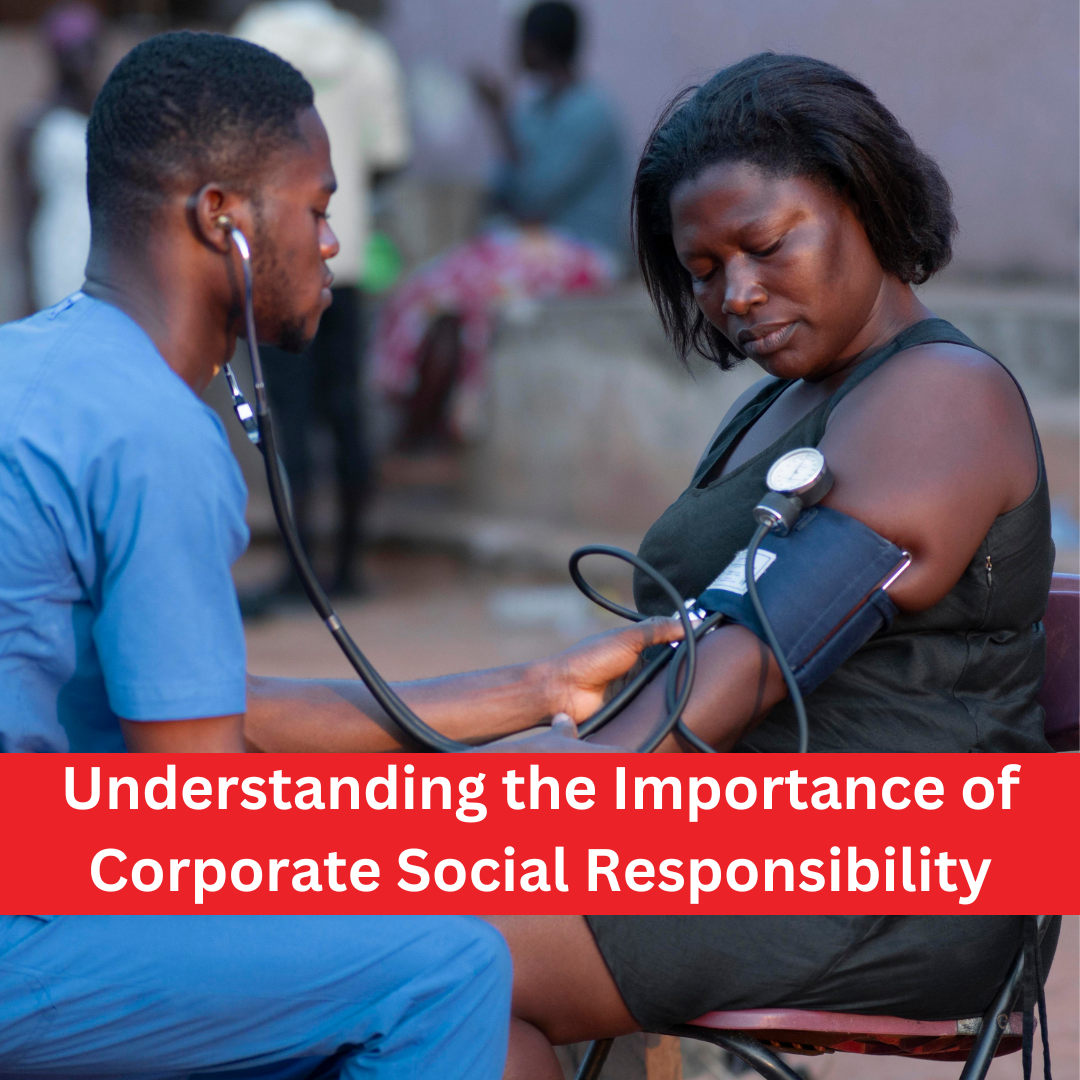In today’s fast-paced and unpredictable world, ensuring workplace safety has become paramount. The alarming issue of workplace violence poses a significant threat to employees in various industries. Businesses must be proactive in detecting and resolving possible hazards before they materialize into full-blown crises, which is why employers, HR personnel, and HSE officers have a responsibility, both legally and ethically, to ensure that their staff members work in a secure environment free from the fear of violence and aggression.
Workplace Violence refers to a broad range of harmful acts or threats of violence directed toward individuals who are on duty or present in the workplace. As per the National Institute for Occupational Safety and Health (NIOSH), such acts can vary from verbal abuse to physical assaults and may also encompass actions that cause harm to an organization’s resources or capabilities. Employers often categorize workplace harassment and bullying as Types of workplace violence. These behaviors can inflict emotional harm and create a hostile work environment, thereby falling under the umbrella of workplace violence.Furthermore, this definition also includes incidents of domestic violence that occur at the workplace, involving attacks, threats, or other harmful actions by external parties with whom employees have a personal relationship.
This article discusses steps that organizations, HR personnel, and HSE officials may take to detect and handle possible workplace violence concerns.
The Different Types of Workplace Violence
According to the National Institute of Occupational Safety and Health (NIOSH) , workplace violence typically falls into one of four categories:
Type I: Criminal Intent
In this kind of workplace violent incident, the perpetrator has no legitimate relationship with the business or its employees. Type I violence is usually incidental to another crime such as robbery, shoplifting, or trespassing. Acts of terrorism also fall into this category.
Type II: Customer/Client
When the violent person has a legitimate relationship with the business—for example, a customer, client, patient, student, or inmate—and becomes violent while being served by the business.
Type III: Worker on Worker
The perpetrator of Type III violence is an employee or past employee of the business who attacks or threatens other employees or past employees in the workplace.
Type IV: Personal Relationship
The perpetrator in these cases usually does not have a relationship with the organization but has a relationship with the intended victim. This category includes victims of domestic violence who are assaulted or threatened while at work.
Related post: Workplace safety, 9 mistakes companies make
The Role of Employers in Protecting Their Employees From Becoming Victims of Workplace Violence
It is the responsibility of employers to safeguard their workforce against the detrimental effects of workplace violence. The primary objective is to discourage potential perpetrators, both internal and external, from committing violent acts by implementing measures that increase the security of your organization. The secondary aim is to ensure that your company and employees are equipped to handle workplace violent incidents by preparing beforehand and reducing the number of casualties. Investing in such preventative measures holds significant value, as it can potentially save lives and minimize the harm caused by any violent incidents that may occur, making the return on investment more than worthwhile.
Some of the ways to go about it include:
Conducting a Risk Assessment: A comprehensive risk assessment can help identify areas of vulnerability in the workplace. Employers can evaluate factors such as the type of work, the demographics of the workforce, and previous incidents of workplace violence. This information can help develop strategies to mitigate risk.
Related post: how-to-identify-hazards-in-your-workplace-and-avoid-them
Developing and Communicating Workplace Policies: Employers should develop and communicate clear policies regarding workplace violence prevention. These policies should outline the types of behavior that are not acceptable, the consequences for violating them, and how employees can report incidents of workplace violence or threats.
Providing Training and Education: Employers should provide employees with regular training and education on workplace violence prevention. This training should cover topics such as how to identify potential risk factors, how to respond to incidents of violence, and how to report incidents.
Encouraging Open Communication: Employers should encourage open communication between employees and management. Employees should feel comfortable reporting incidents of workplace violence or threats without fear of retaliation. This can help address potential risks of workplace violence before they escalate.
Implementing Physical Security Measures: Employers can implement physical security measures to prevent unauthorized access to the workplace. This can include installing security cameras, access control systems, and panic alarms. These measures can help deter potential perpetrators of workplace violence and provide employees with a sense of safety.
No one should be subject to harassment or violence of any kind in their workplace, whether it is from a customer, a manager, or a colleague. By taking these steps, employers can create a safe and secure work environment for their employees.
At Medbury Healthcare, we recognize the importance of fostering a safe and secure workplace environment for all employees because workplace violence and harassment can have significant detrimental effects on employees’ physical and emotional well-being and organizational performance. We offer professional services to organizations that need to assess and evaluate potential risks and vulnerabilities related to workplace violence and harassment. Our team of experts can assist you in identifying potential threats, implementing preventive measures, and developing a comprehensive strategy to minimize the risk of such incidents.
Contact us to find out more.







No Comments